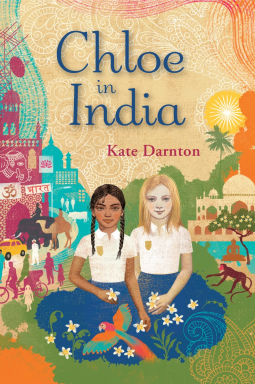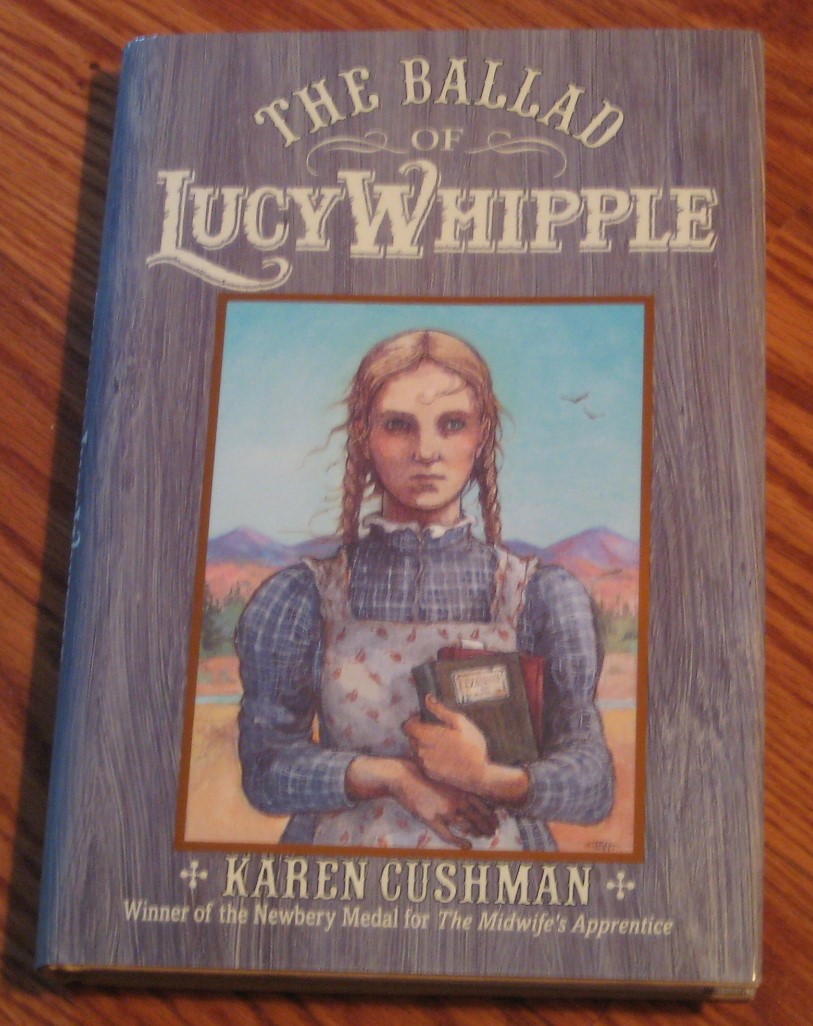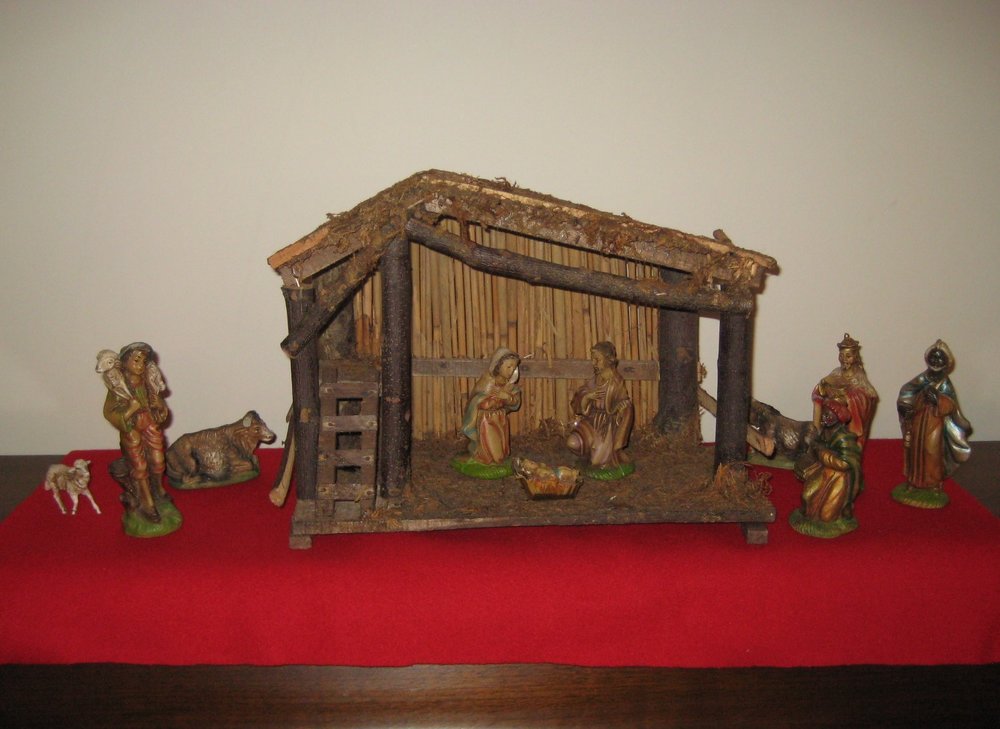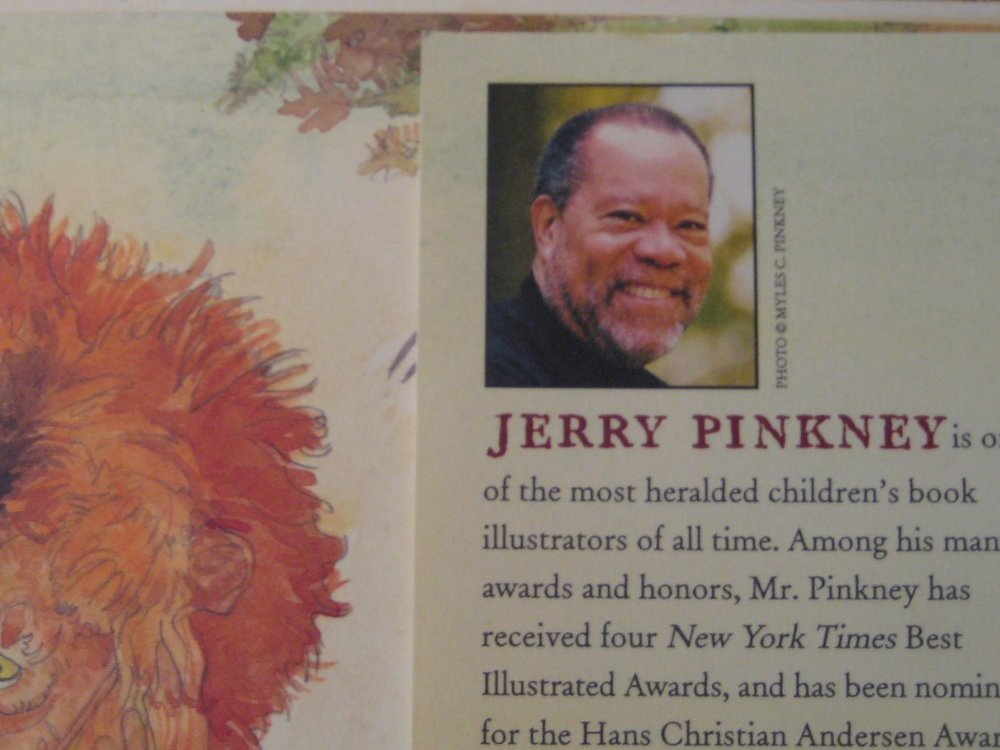 No matter what they say, nice guys don’t always finish last. I love it when the nice guy wins – or wins twice! (Or a nice girl, but this time, the winner is male.) I’ll tell my story before I get to the two wins.
No matter what they say, nice guys don’t always finish last. I love it when the nice guy wins – or wins twice! (Or a nice girl, but this time, the winner is male.) I’ll tell my story before I get to the two wins.
A number of years ago, Jerry Pinkney came to the Fay B. Kaigler Children’s Book Festival as the recipient of the USM medallion for outstanding contribution to children’s literature. The second sentence in his acceptance speech was, “I am dyslexic.” I heard the rest of his fascinating story with that sentence echoing in my head. We were in the throes of seeking help for a grandson who, like Jerry, was intelligent, artistic, and dyslexic.
When the speech was over, the line of librarians wanting to speak to him trailed around the room. I thought my chance to talk to him would be better after they had been attracted to a different speaker who had set their hearts on fire. Spotting a friend talking to Jerry’s wife Gloria, I joined their conversation and said to her, “Jerry’s sentence about being dyslexic will be in an email to my son’s family as soon as I get home.”
After I told her my grandson’s similarities to Jerry, she asked where he lived. I said, “In the DC area.” She grabbed my hand and said, “Come with me.”
Skirting the line of librarians, she took me right to Jerry and made me next in line. I didn’t check for baleful glances from the waiting librarians, but they generally let the wife of the speaker do whatever she wants. 
“What’s the name of that school in DC where you spoke that focuses on children with dyslexia?” she asked. Jerry turned from the line and engaged me in conversation, asking questions about my grandson, and giving information on how to contact the school. He added that we could use his name as we made contact with them.
Several years later, I met Jerry again at the opening of the Ezra Jack Keats exhibit at the Jewish Museum in New York City. I reminded him of that conversation, thanked him for pointing us in the right direction, and gave an update on my grandson who had conquered his reading problems but remained focused on art. Jerry, genuinely pleased to hear the results and concerned for my grandson offered to give any help he might need in the future.
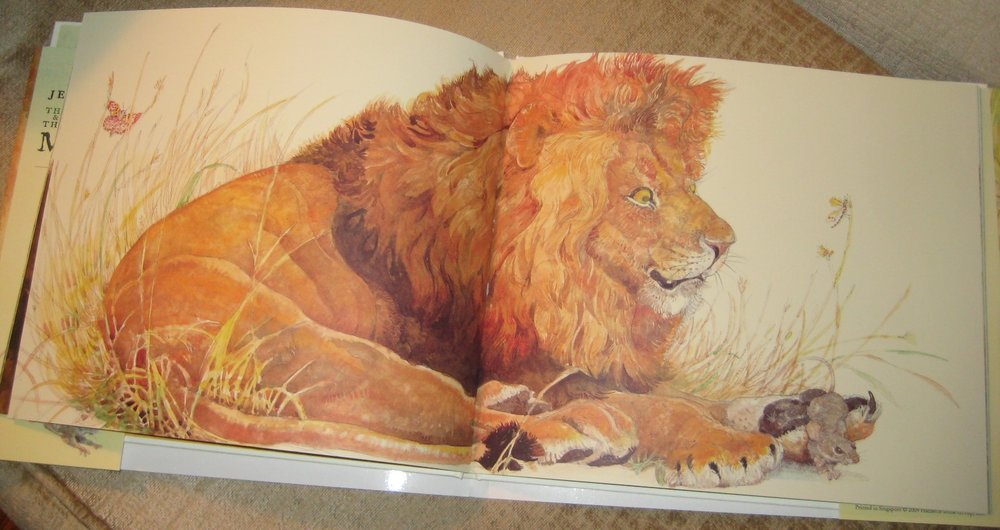 You can imagine my delight listening to the ALA Awards this week when the Coretta Scott King Committee gave the Virginia Hamilton Award for Lifetime Achievement to Jerry Pinkney only to be joined by the Laura Ingalls Wilder Award Committee giving him the award for a substantial and lasting contribution to literature for children. The well-earned awards are for his body of work such as that in his Caldecott-winning The Lion and the Mouse, but take my word, this time the nice guy finished first – twice!
You can imagine my delight listening to the ALA Awards this week when the Coretta Scott King Committee gave the Virginia Hamilton Award for Lifetime Achievement to Jerry Pinkney only to be joined by the Laura Ingalls Wilder Award Committee giving him the award for a substantial and lasting contribution to literature for children. The well-earned awards are for his body of work such as that in his Caldecott-winning The Lion and the Mouse, but take my word, this time the nice guy finished first – twice!
 “Everyone knew the coffin was empty.” Just so, the middle grade novel Into the Dim by Janet B. Taylor begins with Hope Walton’s description of her mother’s funeral. It hooks my attention and draws me in with the first sentence. While I’m normally very resistant to time travel stories, almost to the point of daring the writer to make me suspend my disbelief, I soon found myself in sync with Hope. I don’t have her photographic memory, but I can relate to being a misfit in a southern town.
“Everyone knew the coffin was empty.” Just so, the middle grade novel Into the Dim by Janet B. Taylor begins with Hope Walton’s description of her mother’s funeral. It hooks my attention and draws me in with the first sentence. While I’m normally very resistant to time travel stories, almost to the point of daring the writer to make me suspend my disbelief, I soon found myself in sync with Hope. I don’t have her photographic memory, but I can relate to being a misfit in a southern town. “Everyone knew the coffin was empty.” Just so, the middle grade novel Into the Dim by Janet B. Taylor begins with Hope Walton’s description of her mother’s funeral. It hooks my attention and draws me in with the first sentence. While I’m normally very resistant to time travel stories, almost to the point of daring the writer to make me suspend my disbelief, I soon found myself in sync with Hope. I don’t have her photographic memory, but I can relate to being a misfit in a southern town.
“Everyone knew the coffin was empty.” Just so, the middle grade novel Into the Dim by Janet B. Taylor begins with Hope Walton’s description of her mother’s funeral. It hooks my attention and draws me in with the first sentence. While I’m normally very resistant to time travel stories, almost to the point of daring the writer to make me suspend my disbelief, I soon found myself in sync with Hope. I don’t have her photographic memory, but I can relate to being a misfit in a southern town.






















